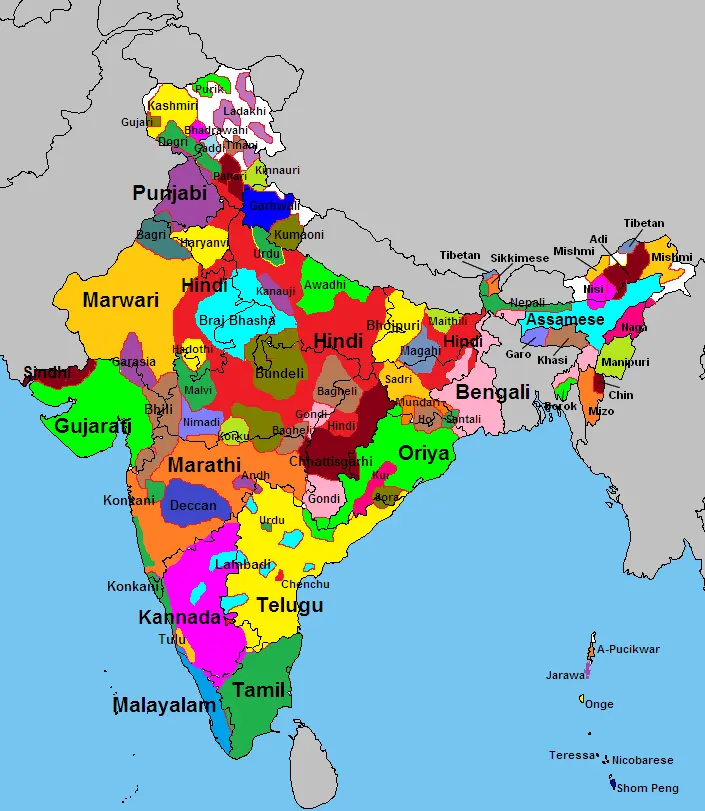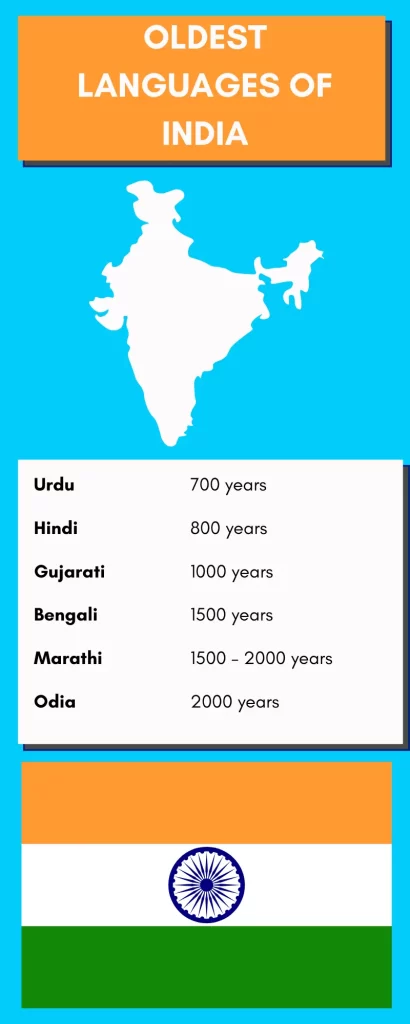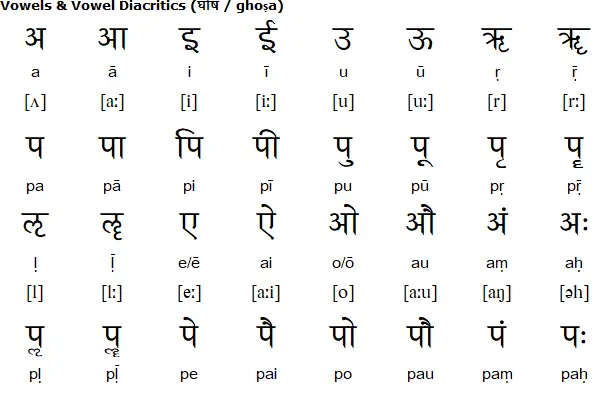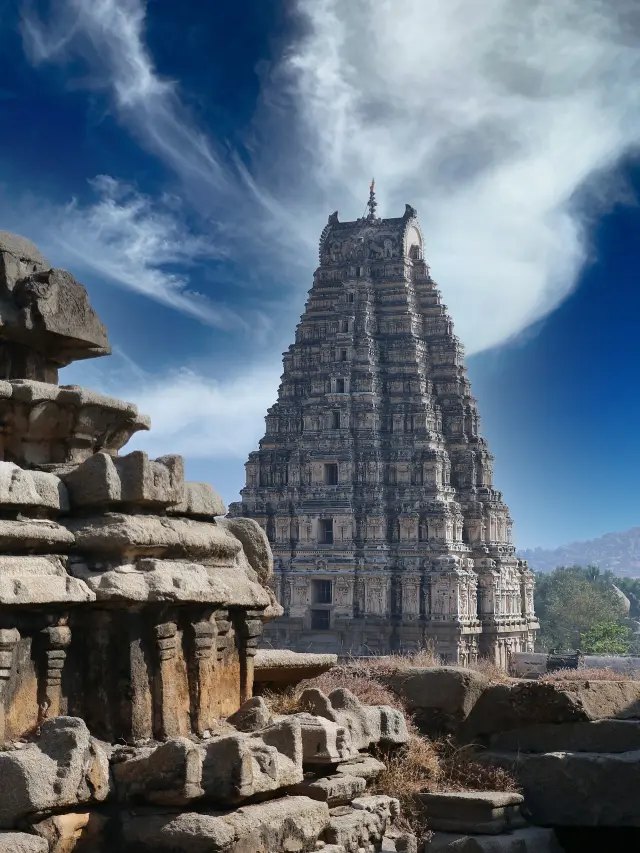India is a country of diverse cultures and multilingualism where they are further grouped as the Indo-Aryan and Dravidian languages, Austroasiatic and Sino-Tibetan languages with the appearance of the Brahmi script.
There are around 19,500 spoken languages in India, where 22 languages are declared as official languages where some are old and certain others are relatively new.

Criteria: Oldest languages of India
Of the languages listed below, six languages (Tamil, Sanskrit, Kannada, Telugu, Malayalam, and Odia) are declared as the classical languages of India.
To attain the classical language status, the language should meet the following criteria,
- Its earliest texts and recorded history span a long period of 1,500–2,000 years.
- A body of ancient literature/texts, which is considered a valuable heritage by generations of speakers.
- The literary tradition ought to be original and not borrowed from another speech community.
Disclaimer: The data shared below is not 100% accurate. However, a thorough research has gone before publishing this article, intended for Indian readers.
Also read: Oldest languages in the world
Urdu (700 years)
Urdu is one of the widely spoken oldest languages of India, especially in six Indian states of Delhi, Bihar, Uttar Pradesh, Maharashtra, Jammu & Kashmir. It is also spoken in Pakistan, Bangladesh, Nepal and other countries. There are also Urdu speakers in countries, like South Africa, Mauritius and Guyana.
Hindi (800 years)
Hindi is native language of India which is spoken in several states such as Delhi, Uttar Pradesh, Haryana, Bihar, etc. This oldest language of India is the base for the North Indian Languages like the Punjabi, Gujarati, Marathi, etc. Around 422 million people in India widely speak this language making it so popular.
Gujarati (1000 years)
Gujarat is the oldest Indian Arian, and the native language of the Gujaratis. It belongs to the Indo-European language family. It is not only spoken in Gujarat but also in Rajasthan, Maharashtra, Karnataka, Madhya Pradesh, Nagar Haveli, Dadra, and Daman.
Bengali (1500 years)
Bengali is one of the world’s loveliest and oldest languages of India. It is the native language of West Bengal, Tripura and Assam where about 83 million people in India speak it. This is also the sole official language in Bangladesh and second official language in Karachi, Pakistan.

Marathi (1500 – 2000 years)
Marathi is spoken in Indian states of Goa, Maharashtra, and other Western Indian states. This language is spoken by 71.9 million people in India and also in the USA, Australia, Israel and a few other countries. Marathi is also termed as Malhatee, Maharathi, Marthi and Muruthu.
Here’s the link to explore the Maratha speaking state of Maharashtra.
Odia (2000 years)
Odia received the classical language status in 2014.
Odia is one of the most widely spoken oldest languages of India which dates back to 10 AD. It is a part of the Indo-Aryan branch, and the Indo-European family. This native language of Odisha, is also spoken by residents of various other states, including West Bengal, Andhra Pradesh, Chhattisgarh, and Jharkhand.
Malayalam (2000 years)
Malayalam received the classical language status in 2013.
Malayalam, being one of the oldest languages of India, is spoken mostly in Indian states of Kerala, Tamil Nadu, and Karnataka. It ranks among India’s 22 scheduled languages, primarily spoken by 34 million people. Some claim it descended from Middle Tamil whereas others claim it is descended from Proto-Tamil-Dravidian.
Telugu (1500 – 2000 years)
Telugu received the classical language status in 2008.
Telugu is one of the official and oldest languages of India in the Indian states of Andhra Pradesh, Telangana, and the Puducherry Territory. This language has evolved from the Proto-Dravidian language in the 1500 and 1000 BC and about 7.9% of the population speak this language designating it as a classical language.
Kannada (2000 years)
Kannada received the classical language status in 2008.
Kannada is spoken by about 50 million people either as a primary or a second language. In India, it is widely spoken in Karnataka, Tamil Nadu and Andhra Pradesh. The Kannada language dates back to 450 BC and is considered to be one of India’s oldest surviving languages even today.
Sanskrit (3000 years)
Sanskrit received the classical language status in 2005.
Sanskrit is listed among the oldest languages of India besides Tamil dating back to 600 BC. This is also a liturgical and sacred language of the Hindu, Jain and Buddhist writings. During the 2nd millennium BC, it has a collection of Vedic Sanskrit hymns in The Rigveda containing the oldest written records of Sanskrit.
This language is the foundation of several European languages besides setting the mark as India’s official language.

Tamil (5000 years)
Tamil was the first language to be declared the classical language status in 2004.
Tamil language is the world’s oldest language which is spoken by 78 million people. This is not only the language in the state of Tamil Nadu but also the official language of Sri Lanka and Singapore.
It is a member of the Dravidian family which constitutes several native southern and eastern Indian languages. Many inscriptions in Tamil which date back to 300 BC have been discovered.
Indian Languages and Knowledge-bases
India has always been a knowledge super-power, producing both knowledge that has universal relevance as well as the knowledge that needs to be differentiated by cultural specificity that makes it useful for the Indian society.
This vast expanse in the domain of knowledge production did not come from the introduction of western education in the country, as cultural contacts with other civilizations have happened here for many many centuries. However, it surely got a new dimension when modern western education as well as printing and publishing came to India during the last few centuries.
Read also Benefits Of Learning A New Language.
